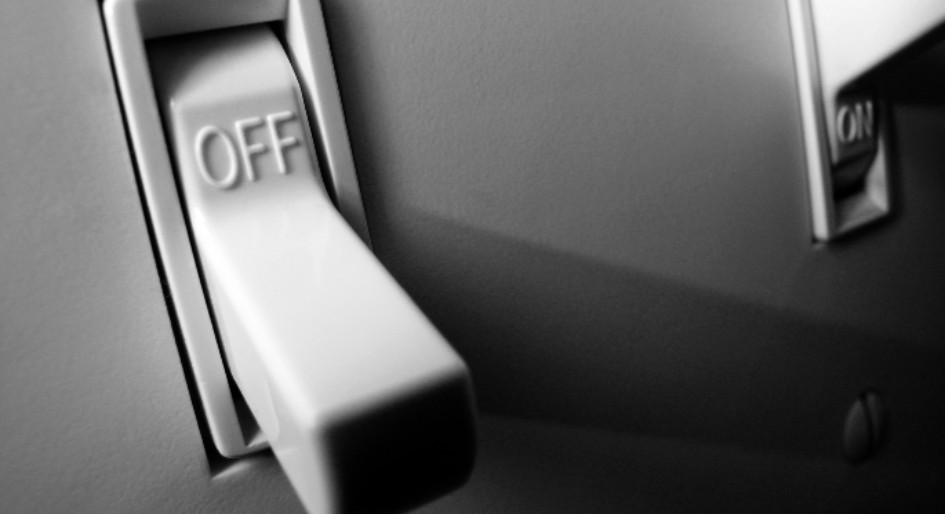Canada set to switch off fluorescent lighting

Fluorescent lighting will disappear from the Canadian marketplace by the end of this decade. Following a lengthy development process, an updated version of the federal regulations governing mercury-containing products has now been published, establishing three dates for the phase-out of compact, straight, non-linear and induction fluorescents — at year-end 2025, 2027 and 2029.
Theoretically, these products cannot be manufactured in or imported into Canada after December 31, 2025. However, the regulations include a two-year transition period during which manufacture and import of replacement lamps and parts for existing systems will be allowed. After December 31, 2027, retailers will be given another two years to sell their remaining inventory of fluorescent products.
Additionally, manufacture and import of new high-pressure sodium vapour and metal halide lighting is to halt as of January 1, 2029, but, for now, replacement lamps and parts will be allowed indefinitely into the future. Production and sale of select fluorescent products for which there is no viable mercury-free alternative will also remain permitted, including lamps used for air, water or surface purification, sterilization, sanitization, treatment or disinfectant.
Mercury is a cumulative and lasting toxin that is detrimental to human and wildlife reproductive and neurological health, and it is a transboundary pollutant that can cause harm in areas beyond its country of origin. The updated regulations align with Canada’s commitment as a signatory to the 2017 Minamata Convention on Mercury, a legally binding international agreement under the United Nations Environment Programme (UNEP).
“We’ve seen the release of mercury into the air and water decline by half since 2007,” says Steven Guilbeault, Canada’s Minister of Environment and Climate Change. “It is crucial that we continue to protect the health of Canadians and their environment, while encouraging businesses to transition to safer alternatives.”
The accompanying regulatory analysis estimates the phase-out will result in a 91 per cent or 681 kilogram reduction in mercury released to environment in the 10-year period between 2026 and 2035, along with $3.86 billion in energy savings and a 4.6-megatonne (Mt) drop in greenhouse gas (GHG) emissions due to the switchover to more efficient LED lighting. On the cost side, government analysts calculate consumers will pay an extra $208 million on the upfront price of LEDs to replace fluorescent lighting over the 10-year period, but that does not include the cost of replacing fixtures.
Fixture replacement costs could not be accurately pegged because analysts could not determine how widespread that requirement will be. Based on projected savings on energy and avoided GHG emissions, the analysis reiterates that upfront costs would have to be 24 times higher than the estimated $208 million to cancel out the benefit to consumers.
“With advances in technology, many LEDs are simply drop-in replacements for their mercury-containing counterparts,” the analysis states. “To date, industry commentators have suggested that new light fixtures may be needed for some LED replacement lamps, but no data have been provided to support this claim.”
The analysis also looks beyond those who can be expected to voluntarily switch to LEDs. “It may be that some consumers require the ‘nudge’ that the amendments will provide by changing their purchasing habits from cheaper to more expensive lamps that save money over time,” it states.
The post Canada set to switch off fluorescent lighting appeared first on REMINET.

